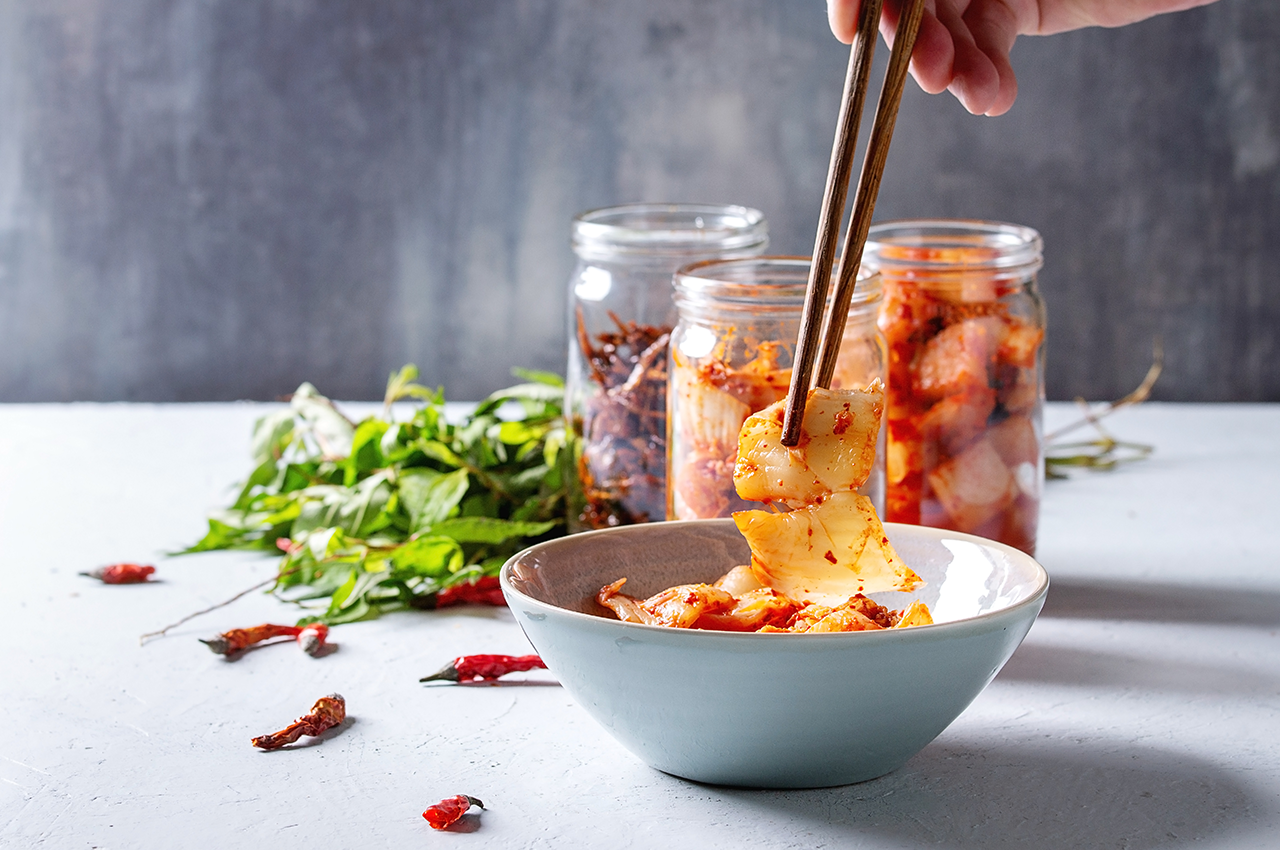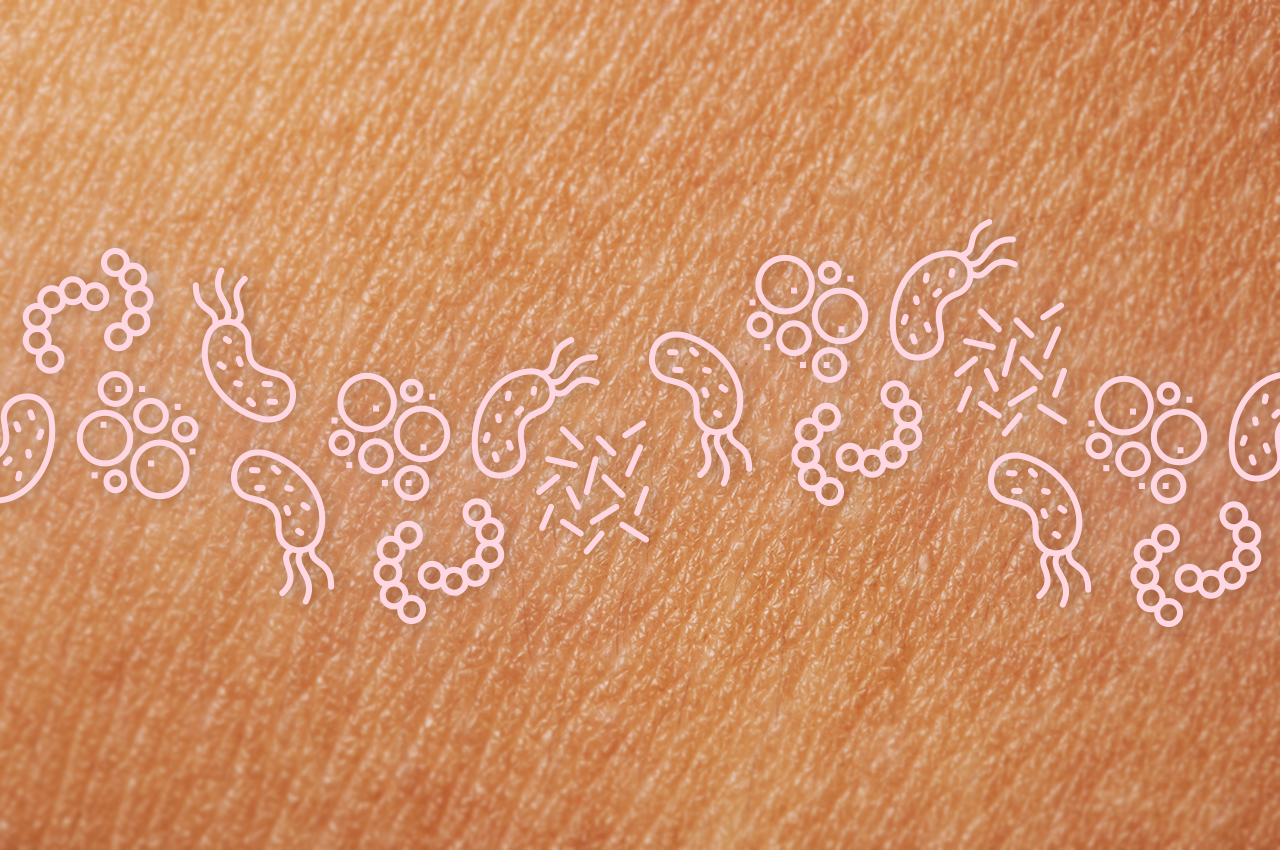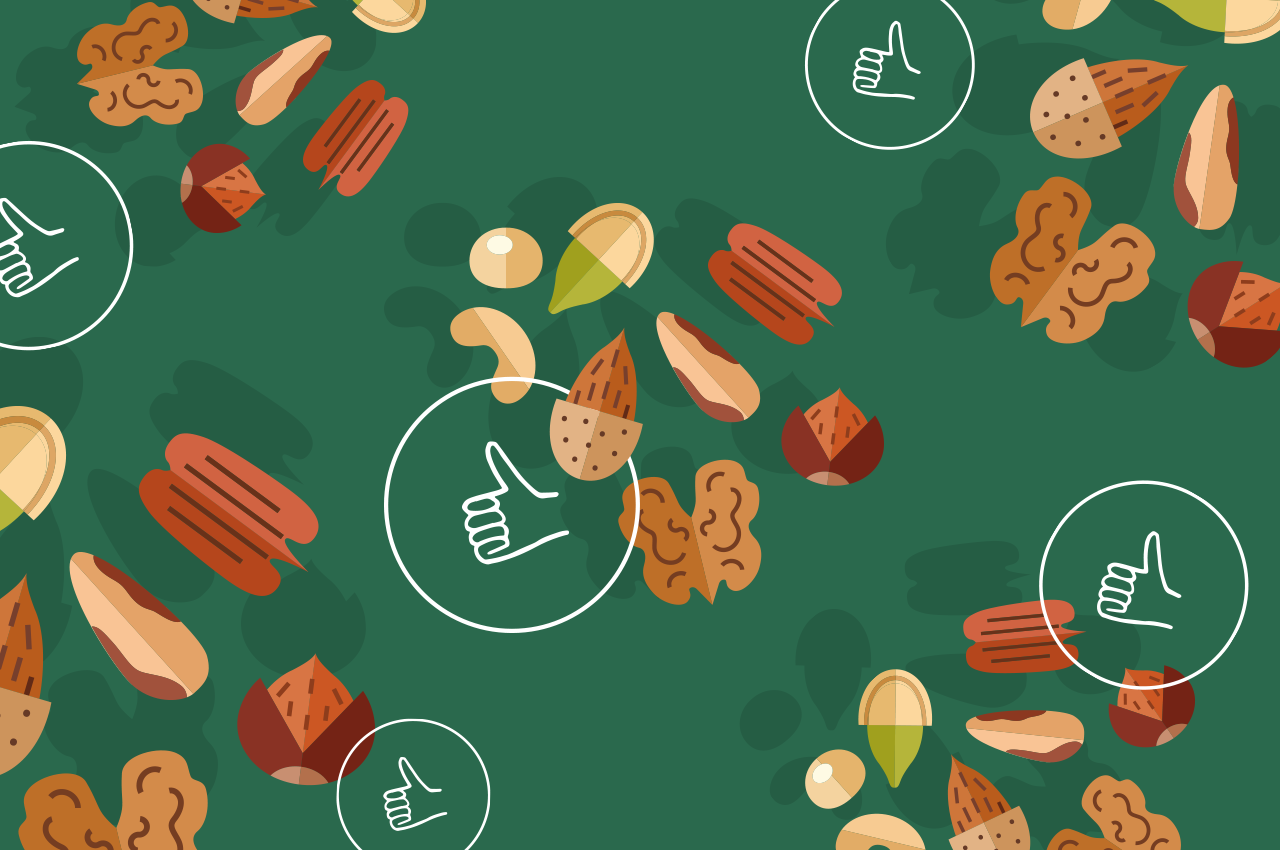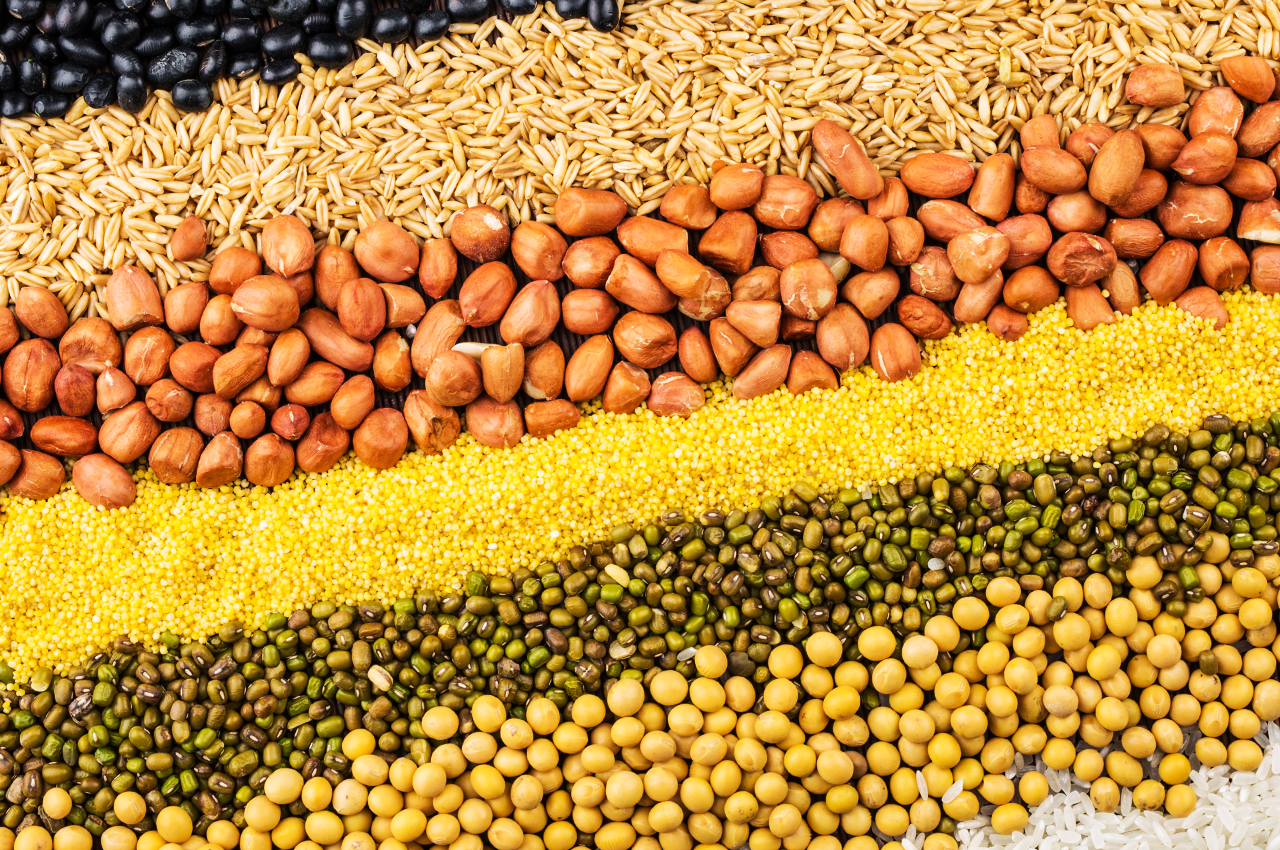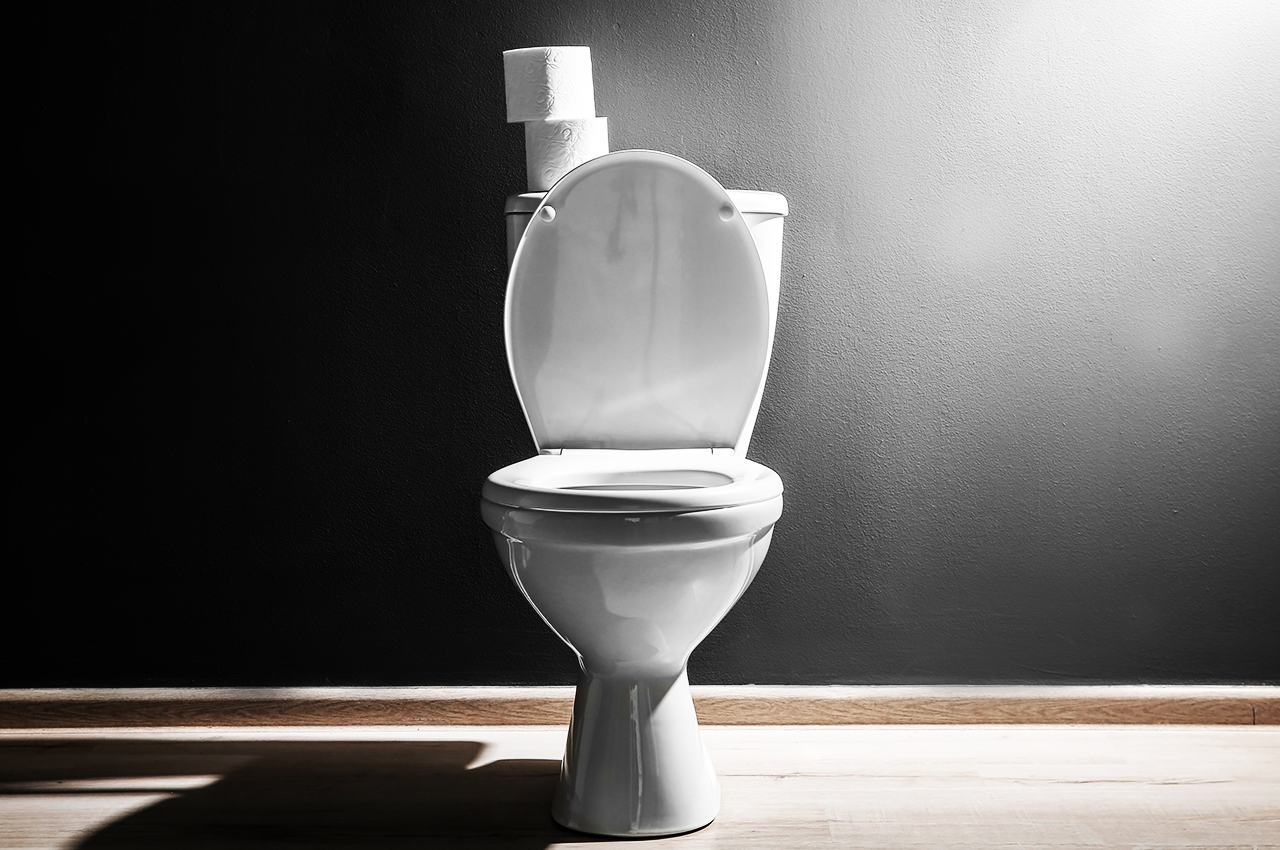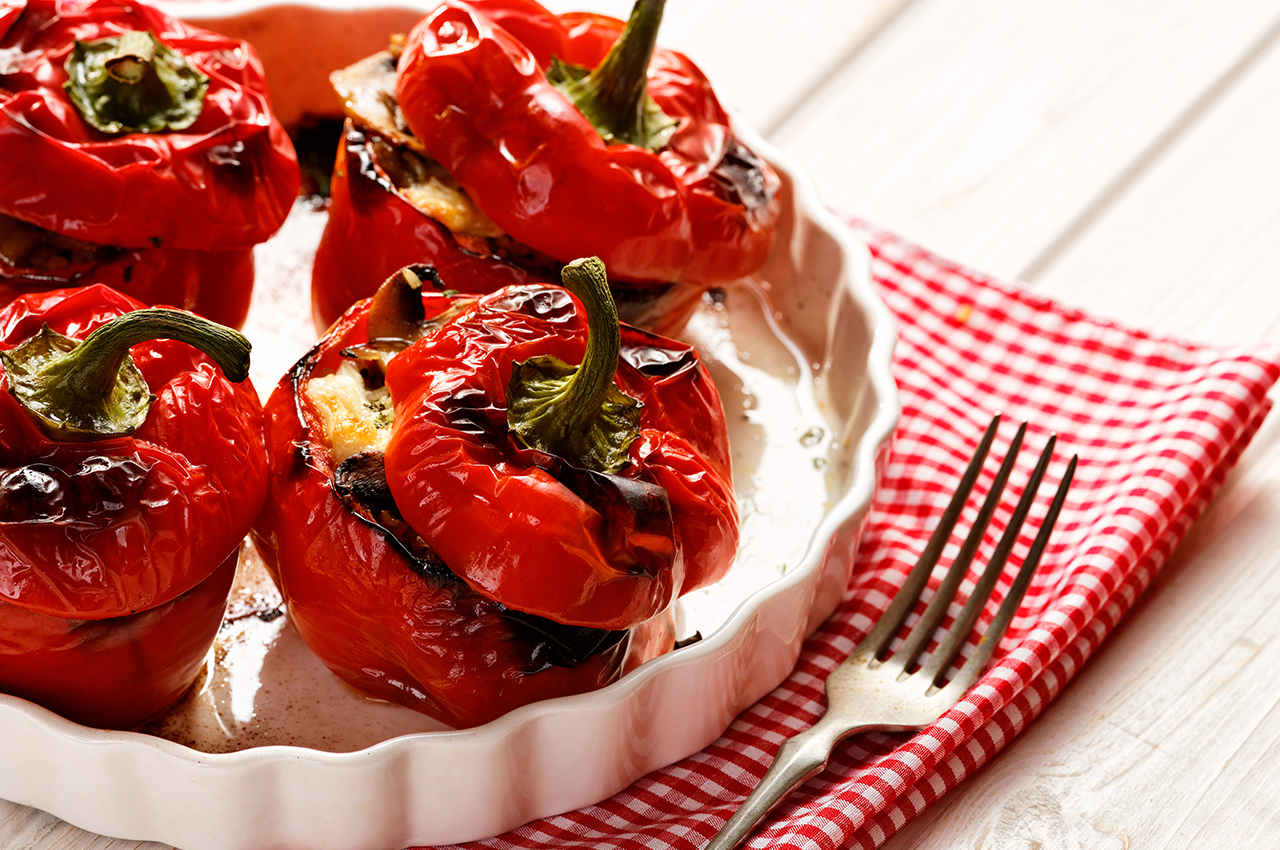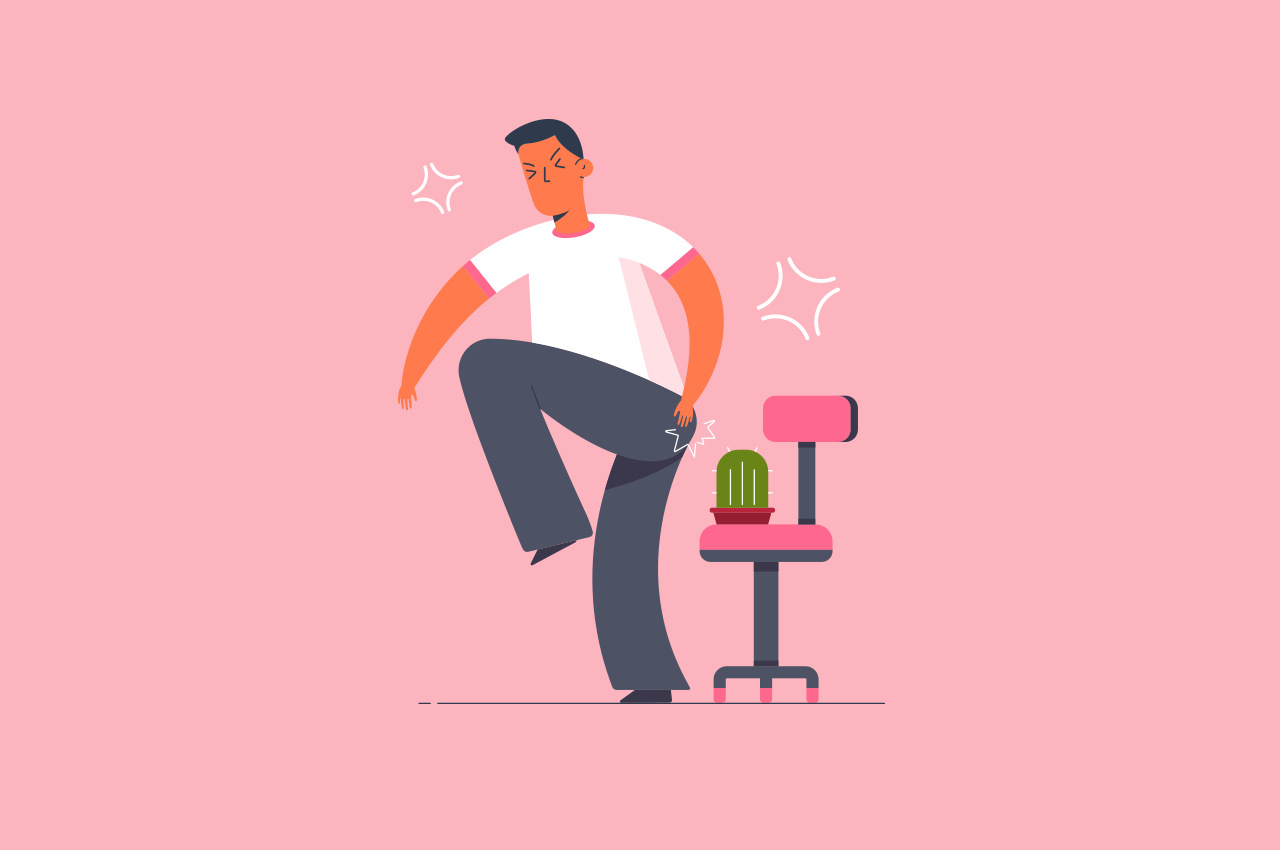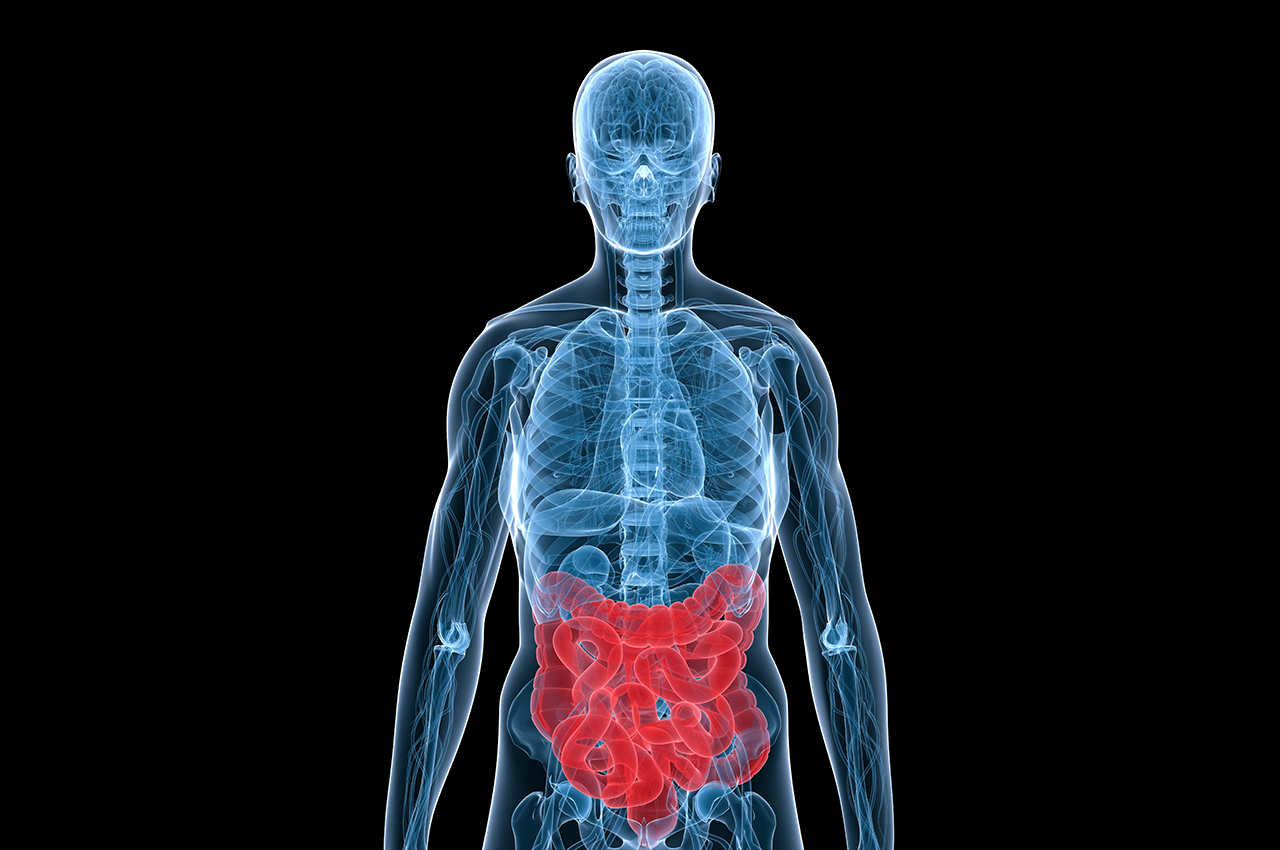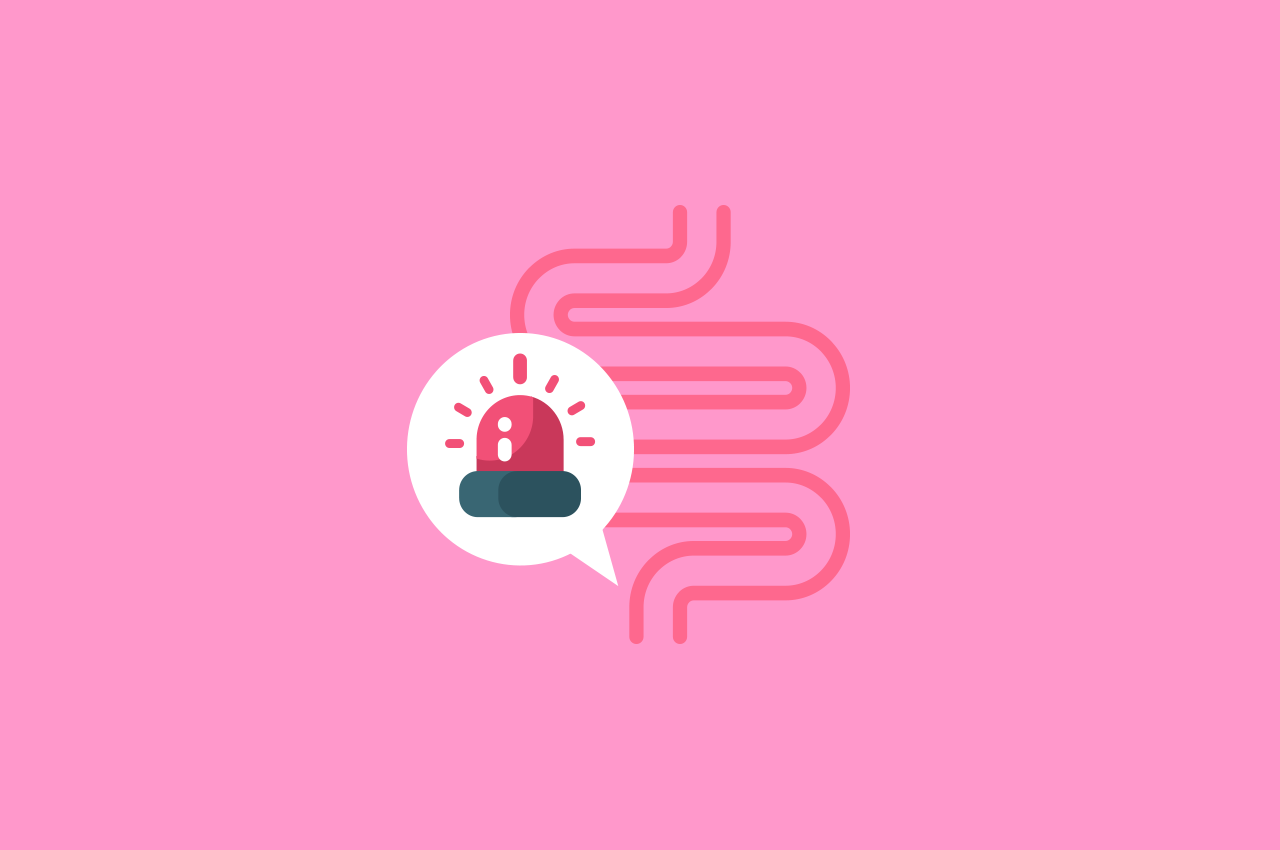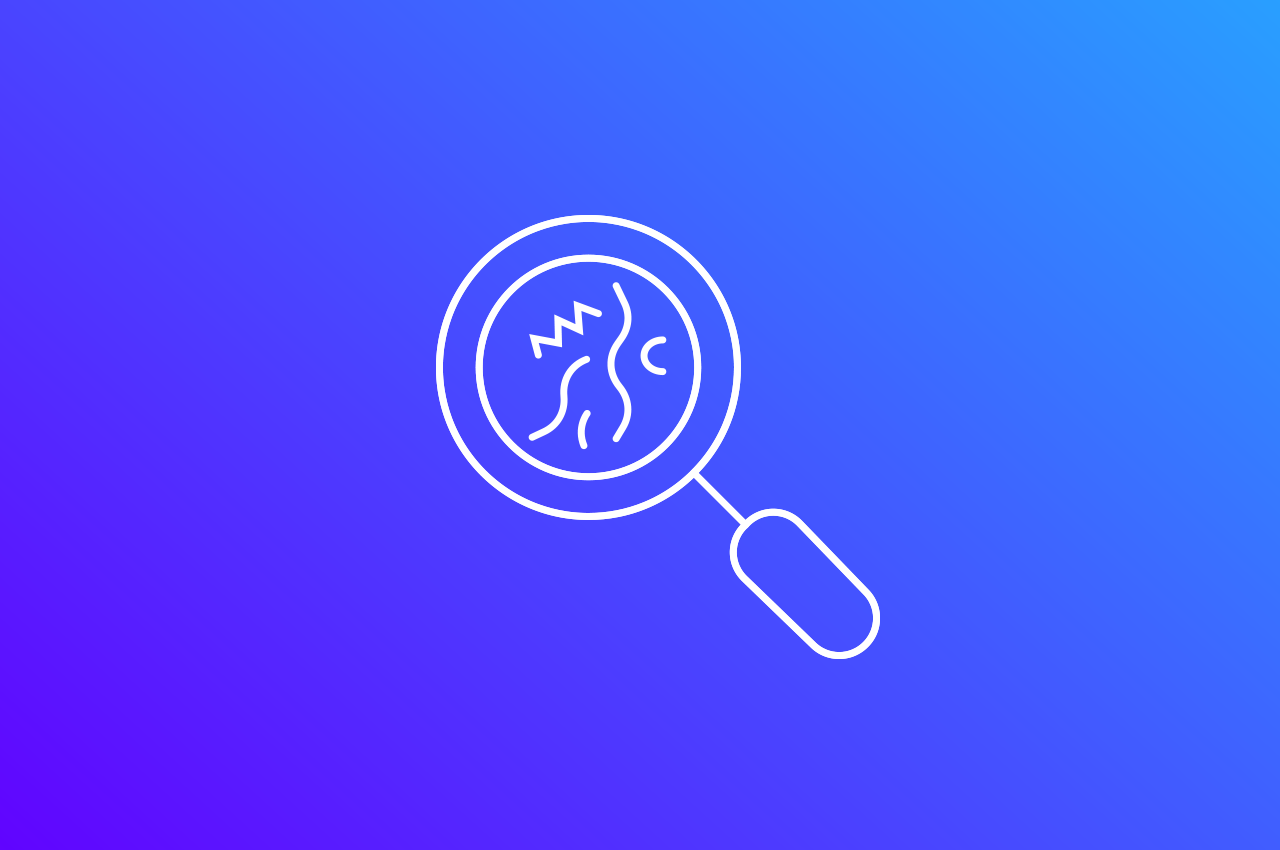Kimchi, the Korean staple cabbage dish, became trendy over the past few years and can really give your health a boost. We have two simple recipes for you to try. But first, what’s all the hype about?
The good stuff
Kimchi is a fermented food, which means that it contains healthy bacteria called Lactobacilli. These bacteria are probiotic and great for the digestive system, as they regulate the bacteria in your gut, and prevent yeast infections.
Besides the good bacteria derived from the fermentation process, cabbage is also loaded with vitamins A, B and C, which is great for boosting the immune system. Research in the Journal of Medicinal Food shows that kimchi can be a powerful elixir for anti-ageing, brain health and healthy cholesterol levels.
While kimchi can be bought at selected supermarkets and health food stores, there’s no reason not to make your own.
You will need:
- A sharp chopping knife
- A large mixing bowl
- A smaller mixing bowl
- A pair of gloves if you prefer working with them
- A cutting board
- Sterilised glass jars
Sugar-free recipe
This recipe was originally developed by dietician, Kelly Schreuder.
Ingredients
- 2kg cabbage
- 1 bunch small red radishes (about 10-12)
- 6 medium carrots
- 1 bunch spring onions
- 1 green apple
- 3-4 pieces of ginger
- 6 medium garlic cloves
- 1/4-1/3 cup chilli flakes
- ¼ cup good sea salt (or 1 tablespoon per ½ kg cabbage)
Method
- Adjust the salt quantity if you have more or less cabbage. Use approximately 1 tablespoon of sea salt per ½ kg cabbage.
- Rinse all the vegetables. Chop the cabbage into bite-sized pieces, and slice the radishes and carrots. Julienne the apple and slice the spring onions.
- Place all the prepared vegetables into a large bowl or container.
- Use a food processor to make a paste with the garlic, ginger and chilli first, or you can just finely chop those ingredients and add them to the vegetables.
- Add the salt and use your hands to mix all the ingredients together. You have to work at squeezing everything and mixing vigorously for a few minutes to get the vegetables to release fluid.
- Taste the mixture – it should be pleasantly salty. If it doesn’t taste salty like a pickle, add an extra pinch of salt.
- When you can see some fluid is released, pack the vegetables neatly and weigh them down. They might not be fully covered at first, but check on them after about an hour or two, and you will notice the water level rise as the salt draws out more fluid.
- Cover the top of the container loosely with a cloth to prevent anything from getting inside, but not with a tight-fitting lid – you want carbon dioxide to escape.
- Leave the jar on the counter for two to five days and taste it every day to see how it changes. You can leave it there for two weeks or more if you want full fermentation and maximum benefits, but the first time you try this you might prefer a fresher taste. If the kimchi goes bad you’ll know immediately because it will look, smell or taste really terrible! If that happens, just throw it out and try again.
- Once the kimchi has reached a stage of pickling that you like, you can transfer it to the fridge, either in the same container with a lid, or into closed glass jars, where it will keep for several months.
Something a little sweeter
This recipe was adapted from the website, Mother Nature Network.
Ingredients
- 1kg cabbage, stemmed and cut lengthwise
- 6-8 cups + 1 tbsp filtered or distilled water
- 1/4 cup + 1 tbsp kosher or sea salt
- 5 garlic cloves, minced
- 2 radishes, trimmed and cut into matchsticks
- 1 bunch spring onions, trimmed and cut into 2.5cm pieces
- 1 tbsp fresh ginger, grated
- 3-5 tbsp red pepper flakes
- 1 tsp white sugar
- 1/2 Nori sheet, torn into small pieces, available at Asian specialty supermarkets
Method
- Place the cabbage strips in the large mixing bowl. Add 1/4 cup salt and massage the salt into the cabbage leaves. Pour water into the bowl until the cabbage is just covered. Place a plate on top of the cabbage to weigh it down. Set aside for at least three hours or overnight – fold the mixture over once or twice.
- Pour the cabbage into a strainer and rinse under cool running water. Set the strainer aside to allow the cabbage to drain. Dry your mixing bowl and set aside for later use.
- Combine the sugar, pepper flakes, Nori and sugar in a small mixing bowl. Add 1 tablespoon filtered water and stir contents until a thick paste forms. Combine 2 cups of water with 1 tablespoon salt and stir. Set aside.
- Meanwhile, rinse and prep the ginger, spring onions and garlic. Combine the ingredients with the cabbage in mixing bowl. Add the paste and fold until the cabbage is evenly coated with paste, about 2 minutes.
- Pack the kimchi into your glass jar. Add just enough brine from step three (if needed) to cover ingredients. Seal and place jar on a shelf out of direct sunlight for 24 hours. After 24 hours, open the jar to release gasses – a slightly pungent smell is normal. Then reseal and store the kimchi in the fridge for up to a month. Add to soup, a side dish or serve on top of steamed rice.

